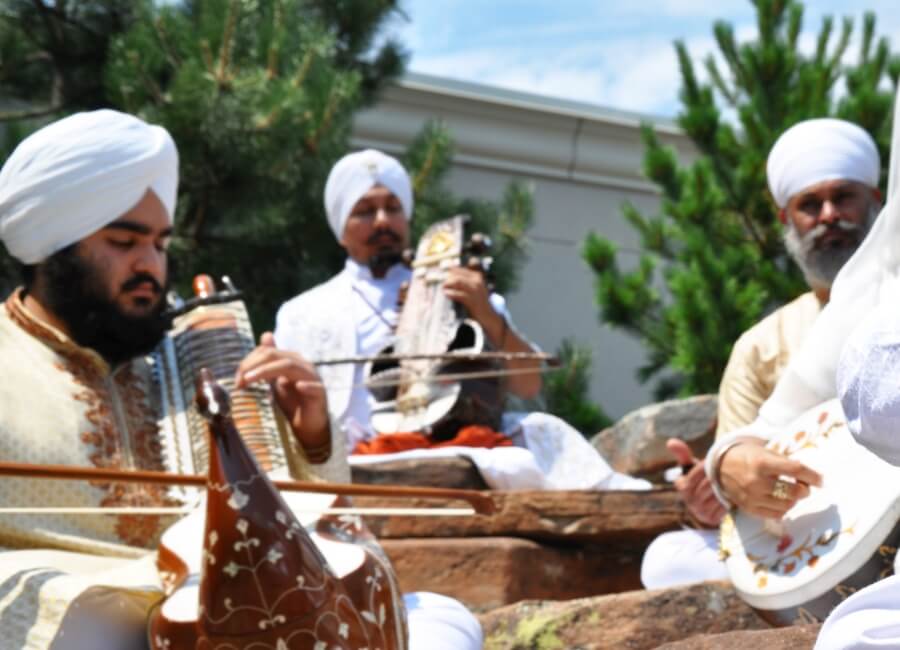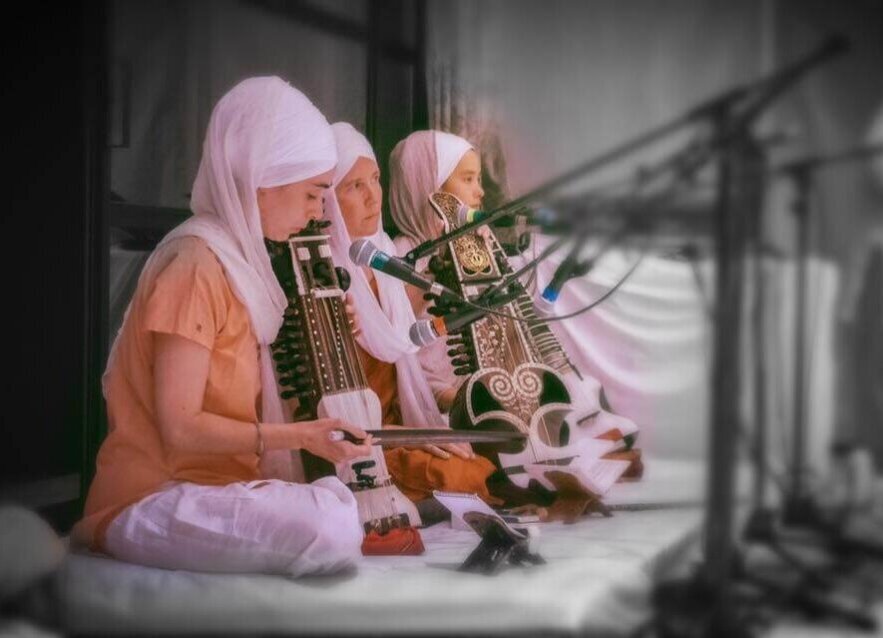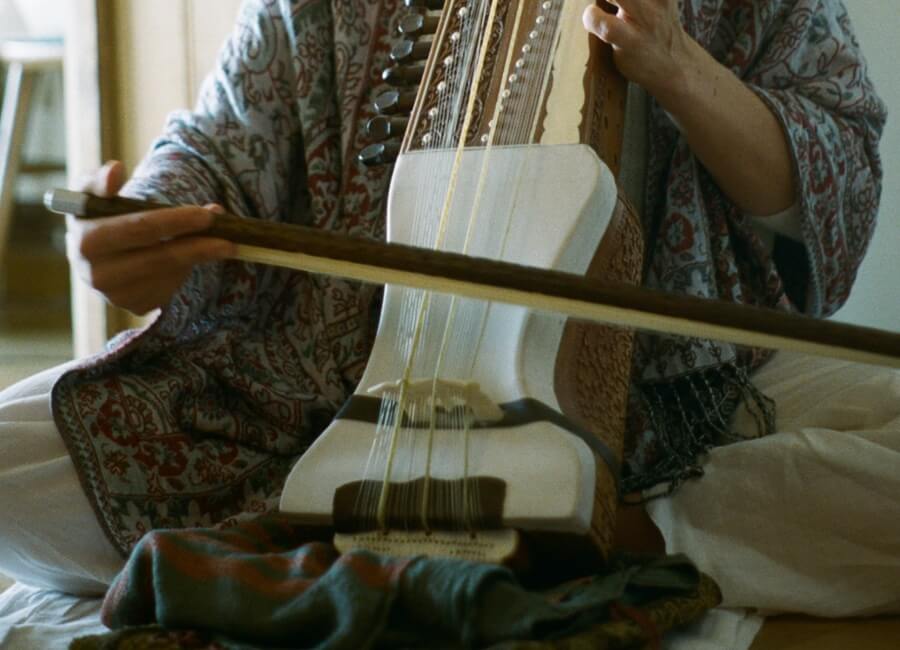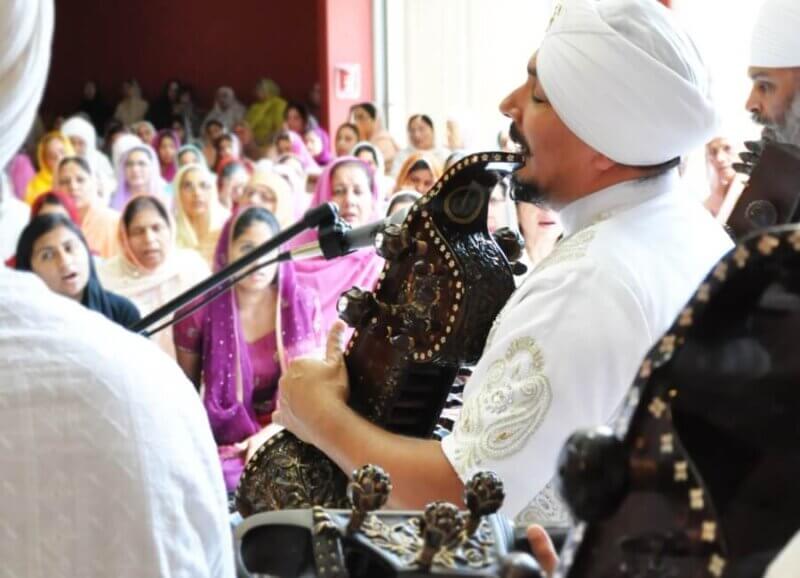Sikh music is the art of self-knowledge, personal growth, and happiness. The nature of music as a universal language means it is accessible to anyone, regardless of religious or cultural background.
Music unlocks our inner experience, prompting us to hear the different impulses within us from mind and soul. It kindles a compassionate inner dialogue and enables communication to flow easily.
The Siri Guru Granth Sahib may be a scripture – the written embodiment of the wisdom of the Sikh Gurus – but there are musical instructions throughout. Each section expresses its distinct truth only when sung in the musical mood (raag or raga) it prescribes.
The Gurus selected 60 raags to convey their teachings. Some already existed in Indian music and others they created themselves. These 60 moods represent the ‘clock of life’ around which our experience is continually moving, meaning that, at any one time there will be a part of the text that will speak to how we are feeling.
The full spectrum of 60 raags allows us to receive Guru’s truth from every emotional angle. It helps us achieve our conscious potential as rounded human beings.
This empowering art of sound is also known as Kirtan, Gurmat Sangeet, Gurbani Kirtan or Naad Yoga (the art of communication).
Comparatively Indian Classical music through having a Raag-based structure differs quite heavily from Sikh Music. Firstly the study of Indian classical music is a performative study. Meaning that the main teaching instructions are based on the idea of stage performance. Sikh Music is more attuned to emotional agility. Understanding one's emotions and applying them in order to connect and heal oneself. Indian music also promotes the idea of a raag to be played at a certain hour of the day to achieve the best effect of the intended raag. This ideology does not exist in Sikh Music. Sikh Music builds a new connection with the technology of raag, which is dominated by emotional experience. Just as there is no set time for one to cry, feel pain or laugh uncontrollably, Sikh Music promotes this fluidity of emotion and understanding and does not limit Raags to a certain time of the day. Finally, although Indian classical music and Sikh Music have somewhat similar backgrounds they do not encompass the same realm. Indian music can also be utilized for entertainment and showmanship, whereas Sikh Music is directed towards “inner-attainment,” spiritual growth to help one connect the mind, body, and soul.




